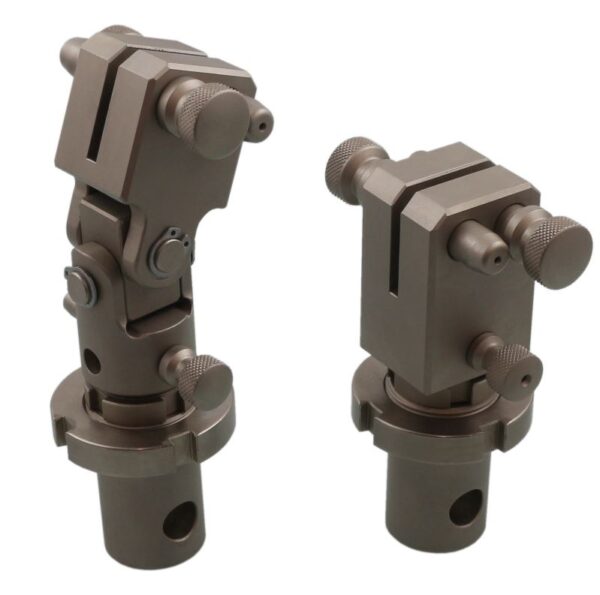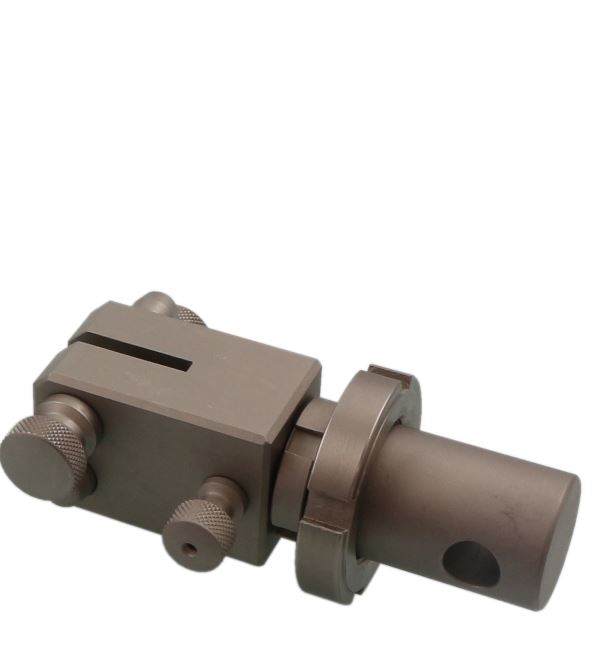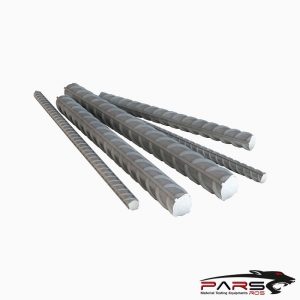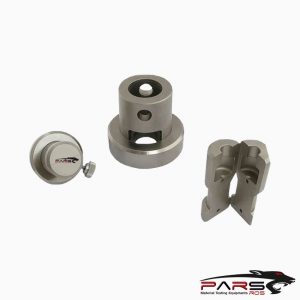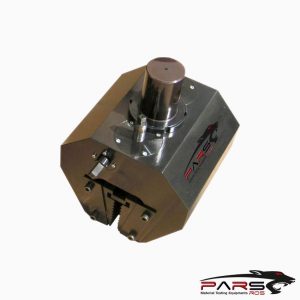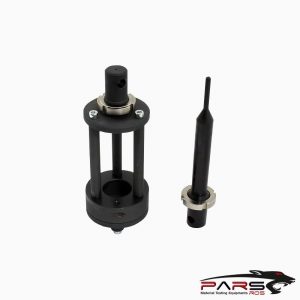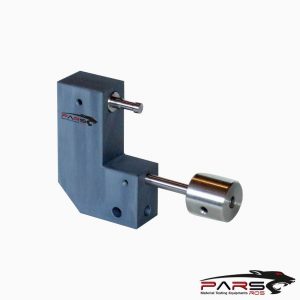ASTM C1273 Test Fixture
ASTM C1273 covers the determination of tensile strength under uniaxial loading of monolithic advanced ceramics at ambient temperatures.
Please Contact With Us For More Information
- Description
- TECHNICAL SPECIFICATIONS
Description
ASTM C1273 Standard Test Method for Tensile Strength of Monolithic Advanced Ceramics at Ambient Temperatures
ASTM C1273 covers the determination of tensile strength under uniaxial loading of monolithic advanced ceramics at ambient temperatures.
This test method addresses, but is not restricted to, various suggested test specimen geometries as listed in the appendixes.
In addition, test specimen fabrication methods, testing modes (force, displacement, or strain control), testing rates (force rate, stress rate, displacement rate, or
strain rate), allowable bending, and data collection and reporting procedures are addressed.
Note that tensile strength as used in this test method refers to the tensile strength obtained under uniaxial loading.
ASTM C1273 applies primarily to advanced ceramics that macroscopically exhibit isotropic, homogeneous, continuous behavior.
While this test method applies primarily to monolithic advanced ceramics, certain whisker- or particle-reinforced composite ceramics as well as certain
discontinuous fiber-reinforced composite ceramics may also meet these macroscopic behavior assumptions.
Generally, continuous fiber ceramic composites (CFCCs) do not macroscopically exhibit isotropic, homogeneous, continuous behavior and application of this
practice to these materials is not recommended.
ASTM C1273 / Significance and Use
ASTM C1273 may be used for material development, material comparison, quality assurance, characterization, and design data generation.
High-strength, monolithic advanced ceramic materials generally characterized by small grain sizes (<50 μm) and bulk densities near the theoretical density
are candidates for load-bearing structural applications requiring high degrees of wear and corrosion resistance and high temperature strength.
Although flexural test methods are commonly used to evaluate strength of advanced ceramics, the nonuniform stress distribution of the flexure test specimen
limits the volume of material subjected to the maximum applied stress at fracture.
Uniaxially loaded tensile strength tests provide information on strength-limiting flaws from a greater volume of uniformly stressed material.
Although the volume or surface area of material subjected to a uniform tensile stress for a single uniaxially loaded tensile test may be several times that of a single
flexure test specimen, the need to test a statistically significant number of tensile test specimens is not obviated.
Therefore, because of the probabilistic strength distributions of brittle materials such as advanced ceramics, a sufficient number of test specimens at each testing
condition is required for statistical analysis and eventual design, with guidelines for sufficient numbers provided in this test method.
Note that size-scaling effects as discussed in Practice C1239 will affect the strength values.
Therefore, strengths obtained using different recommended tensile test specimens with different volumes or surface areas of material in the gage sections will be
different due to these size differences.
Resulting strength values can be scaled to an effective volume or surface area of unity as discussed in Practice C1239.
Tensile tests provide information on the strength and deformation of materials under uniaxial tensile stresses.
Uniform stress states are required to effectively evaluate any nonlinear stress-strain behavior which may develop as the result of testing mode, testing rate,
processing or alloying effects, or environmental influences.
These effects may be consequences of stress corrosion or subcritical (slow) crack growth, which can be minimized by testing at appropriately rapid rates as outlined
in this test method.
The results of tensile tests of test specimens fabricated to standardized dimensions from a particular material or selected portions, or both, of a part may not totally
represent the strength and deformation properties of the entire, full-size end product or its in-service behavior in different environments.
For quality control purposes, results derived from standardized tensile test specimens can be considered to be indicative of the response of the material from which
they were taken for given primary processing conditions and post-processing heat treatments.
The tensile strength of a ceramic material is dependent on both its inherent resistance to fracture and the presence of flaws.
Analysis of fracture surfaces and fractography, though beyond the scope of this test method, is highly recommended for all purposes, especially for design data.
*** Before conducting ASTM C1273 , it is important to read the entire specification. Standards can be obtained from appropriate standard authorities.
***PARSROS offers several types of grips and fixtures which will enable you to perform a variety of tests
that are accurate and repeatable.
Please Contact with our engineers so that we can find and offer Best Universal Tensile Test Machines , Grips , Jaws and Other Accessories for your operations


